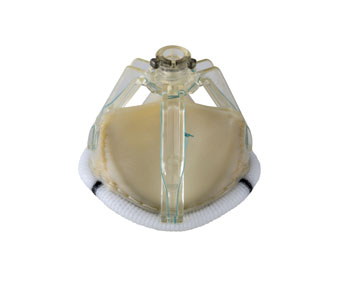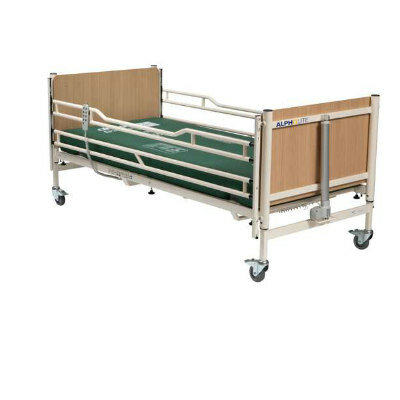Aortic Replacement Valve Offers Hemodynamic Excellence
By HospiMedica International staff writers
Posted on 24 May 2016
Enhanced delivery and innovative design and technology provide a better option for patients in need of aortic valve replacement.Posted on 24 May 2016
The St. Jude Medical (SJM; St. Paul, MN, USA) Trifecta Valve with Glide Technology (GT) is encased with tissue to reduce wear and deterioration over time, and to improve tissue-to-tissue contact when the leaflets open and close. The valve leaflets are made of bovine pericardium overlaid on a fatigue-resistant, radiopaque titanium stent that provides a supportive frame for added durability, while the tissue stent covering is made of porcine pericardium.

Image: The SJM Trifecta valve with Glide Technology (Photo courtesy of St. Jude Medical).
Only the valve and stent sewing cuffs are made of polyester. An enhanced delivery technique has also been designed to eases implantation in challenging anatomies and surgical approaches, while retaining optimal hemodynamic performance. And in order to assure long-term service, the valve is treated with the proprietary SJM Linx AC (anti calcification) treatment that reduces tissue mineralization.
“St. Jude Medical has dedicated significant resources to develop best-in-class heart valve replacement options, while refining our devices based on physician feedback and clinical outcomes,” said Mark Carlson, MD, chief medical officer and vice president of global medical affairs at SJM. “The Trifecta GT tissue valve is a true testament of our commitment to the cardiac surgery community and the patients they treat by improving the ability to implant the valve when encountering challenging anatomies and during minimally invasive surgical approaches.”
“The new tissue valve offers enhancements that will only make the implantation process smoother, providing a solution to patients with even the most challenging of cases,” said cardio-thoracic surgeon Trey Pluscht, MD, of Cardio-Thoracic and Vascular Surgical Associates (Mobile, AL, USA). “I welcome the opportunity to offer patients the life-changing benefits we’ve come to expect from this family of valves.”
Dysfunction of the aortic valve, usually as a result of stenosis, can result in an abnormal narrowing of the aortic valve opening and reduction in blood flow. Aortic stenosis is a common problem affecting approximately three percent of the population over age 65 and five percent of people older than 75. From the onset of aortic stenosis symptoms, the average survival rate is 50% at two years and 20% at five years.
Related Links:
St. Jude Medical














